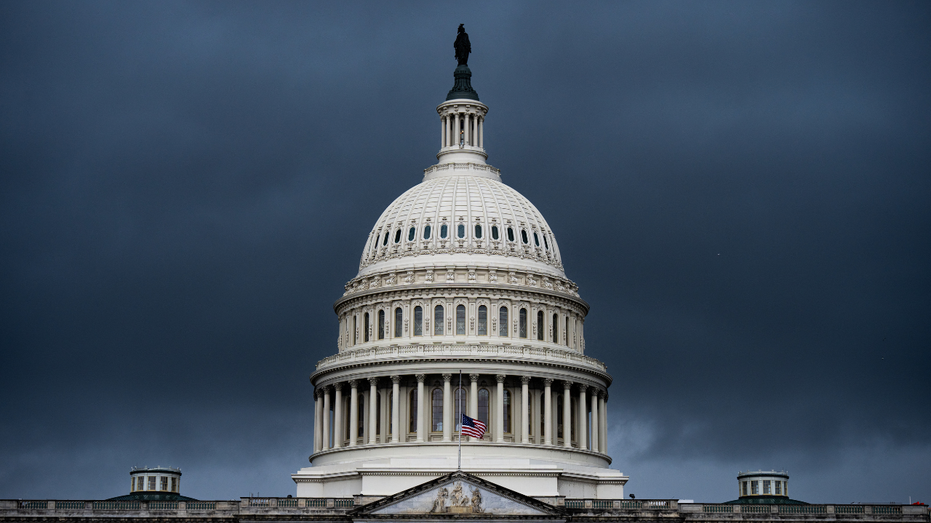Treasury Secretary Scott Bessent on Wednesday said the ongoing government shutdown could be costing the U.S. economy billions of dollars per day.
Bessent said at a news conference the partial government shutdown is “starting to cut into muscle here” as the shutdown continues into its third week.
“We believe that this shutdown may start costing the U.S. economy up to $15 billion a day,” Bessent said. The shutdown began on October 1, as Congress and the White House hadn’t enacted a funding bill when fiscal year 2026 began that day.
The Treasury secretary called for moderate Democrats in the Senate to “be heroes” and to “break away from the hive of radicalism” by supporting the Senate Republicans’ continuing resolution and voting to “reopen the government for the American people.”
TRUMP OFFICIAL SAYS FEDERAL JOB CUTS WILL TOP 10K DURING SHUTDOWN AS JUDGE PUTS FIRINGS ON HOLD
Senate Democrats have blocked the stopgap funding measure nine times following another failed vote on Wednesday. Democrats are calling for an extension of health insurance subsidies under Obamacare that are set to expire this year. The temporary subsidies, which are direct payments made to insurance companies in exchange for lower premiums, were passed in the American Rescue Plan in 2021, and extended to the end of 2025 in the Inflation Reduction Act. The law allowed for those making 400% above the poverty level to qualify for the subsidized premium rates.
Government shutdowns have occurred periodically since 1995, when Republicans gained control of Congress for the first time in 40 years. Non-essential workers are furloughed during a shutdown, while essential workers remain on the job — though both groups don’t receive paychecks under federal law until the lapse in government funding ends.
Shutdowns have typically had a minimal impact on the economy, though it’s unclear at this time what the current shutdown’s toll will be.
SWEEPING LAYOFFS ‘HAVE BEGUN’ AS GOVERNMENT SHUTDOWN DRAGS ON

Federal Reserve Bank of Chicago President Austan Goolsbee said in a discussion moderated by FOX Business’ Edward Lawrence earlier this month at the Midwest Agriculture Conference that while the central bank isn’t involved during shutdowns, the economic impact varies based on the duration and scale of the federal funding lapse.
“Historically, not-super-wide shutdowns that don’t last for very long kind of do nothing to the aggregate economy because, yeah, they weren’t paid, but people’s spending doesn’t go down because they know they’re going to be paid eventually,” Goolsbee said.
“So it depends how long this goes. It depends how wide it is. If there are reasons why this shutdown looks different than previous ones, then we would have to revise. But that’s kind of the starting point,” he added.
PREDICTION MARKETS SEE CLOUDY OUTLOOK AS TRADERS BET ON EXTENDED SHUTDOWN
An analysis by Goldman Sachs economists said that most government shutdowns have been short and that the longest shutdown in 2018 lasted 35 days — though it only impacted about 15% of the federal government as Congress had funded about 85% of its operations at that point.
Goldman found that for each week of a government shutdown, federal furloughs would reduce quarter-on-quarter economic growth by about 0.15 percentage points of GDP in Q4, with an equal-sized positive effect on Q1 growth assuming the shutdown ends by then.
The firm’s analysis also found that a shutdown could temporarily raise the unemployment rate, but the effect should be minimal as furloughed workers are reported as unemployed on temporary layoff.
OMB analyzed the shutdown during fiscal year 2014 and noted that there were some areas of economic disruption caused by the shutdown.
Among those were a halt to permitting, reviews and licensing (such as for energy projects); suspension of IRS income verification for financial institutions vetting borrowers; a halt to hundreds of small business loans; as well as disruptions to tourism and travel from the closure of national parks.
Read the full article here
